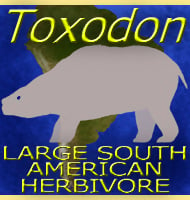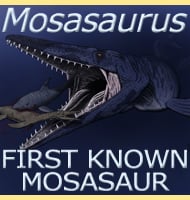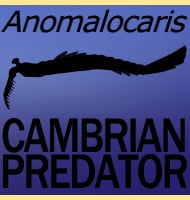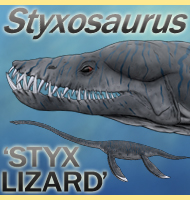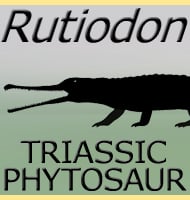In Depth
The genus name of Gallardosaurus is in honour of Juan Gallardo, the farmer who first discovered the remains in 1946. Despite the remains being discovered at this time, they were left unprepared for proper study, even in 1996 when Gallardosaurus was thought to possibly represent another specimen of Pliosaurus. When the remains were eventually prepared, Zulma Gasparini and Iturralde-Vinent considered them to be those of another pliosaur called Peloneustes in 2006. In 2009 however, Gasparini re-exmamined the specimen and concluded that it was actually different enough to be its own genus.
Gallardosaurus is one of a slowly growing number of distinctly Cuban marine reptiles that would have swum in the Mesozoic seas, however as a marine animal, Gallardosaurus likely had a broader distribution than just the waters of what would become Cuba. Gallardosaurus would have shared its marine habitat with the cryptoclidid plesiosaur Vinialesaurus.
Further Reading
Further reading- A new Oxfordian pliosaurid (Plesiosauria, Pliosauridae) in the Caribbean Seaway. – Palaeontology 52(3):661-669. – Z. Gasparini – 2009.


